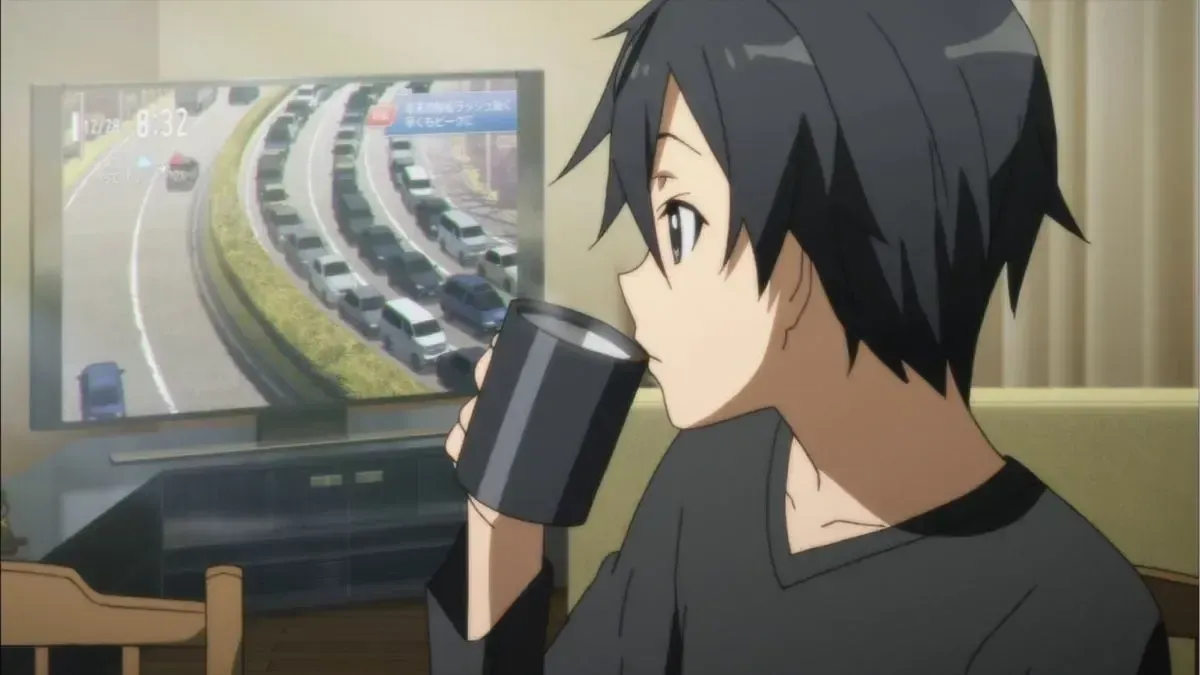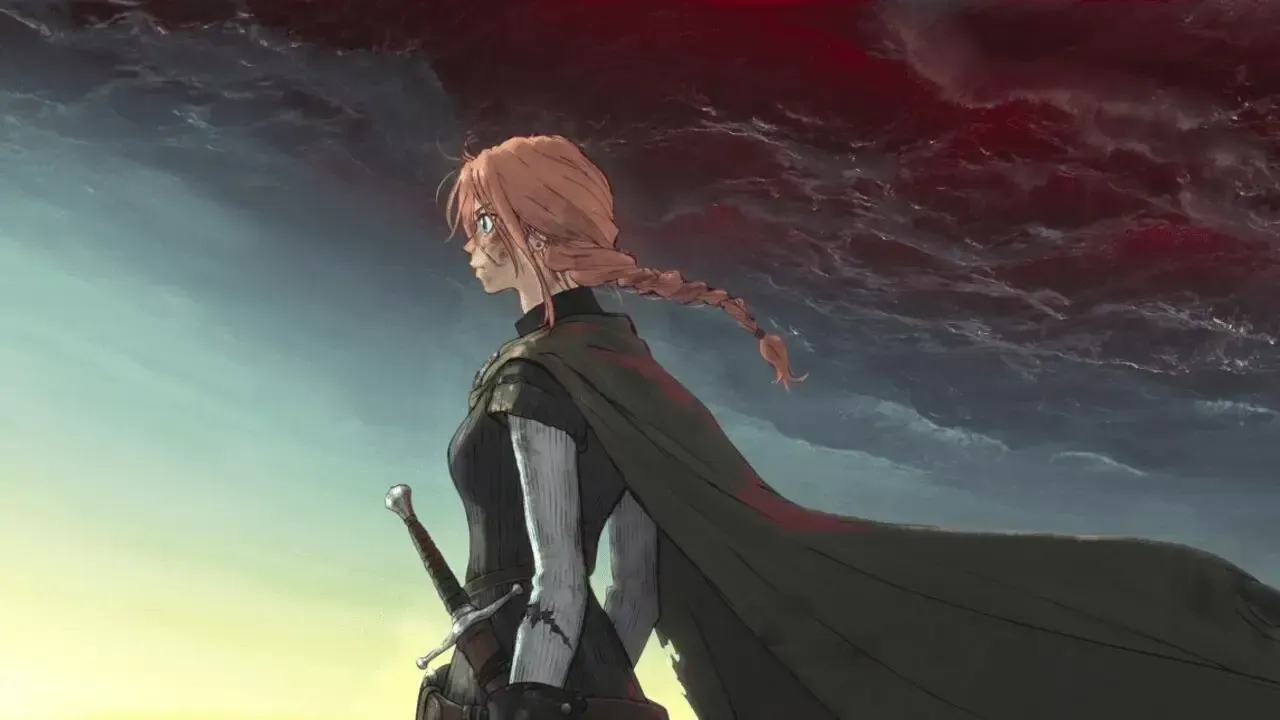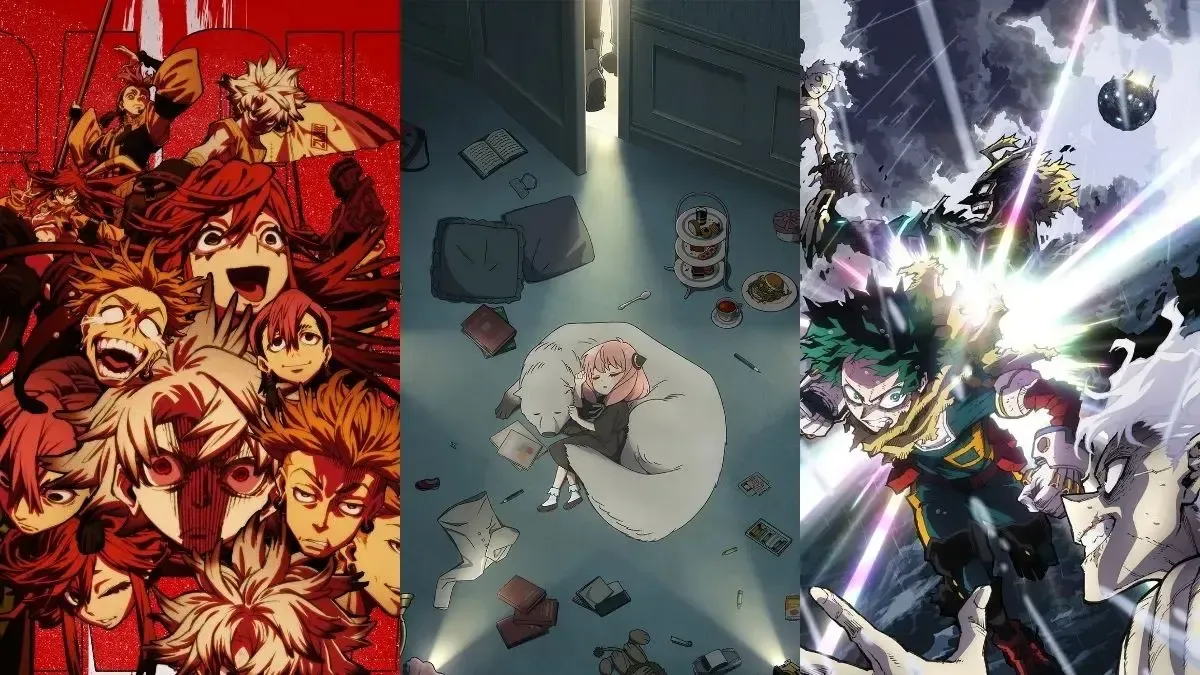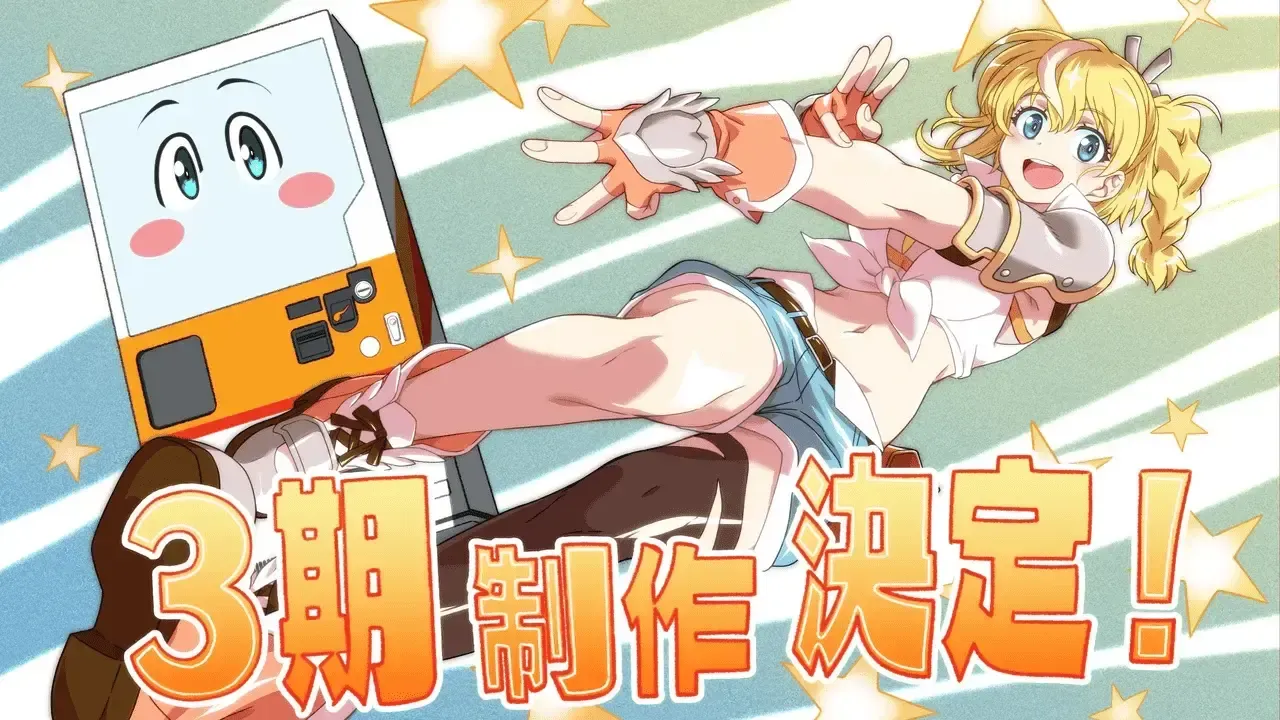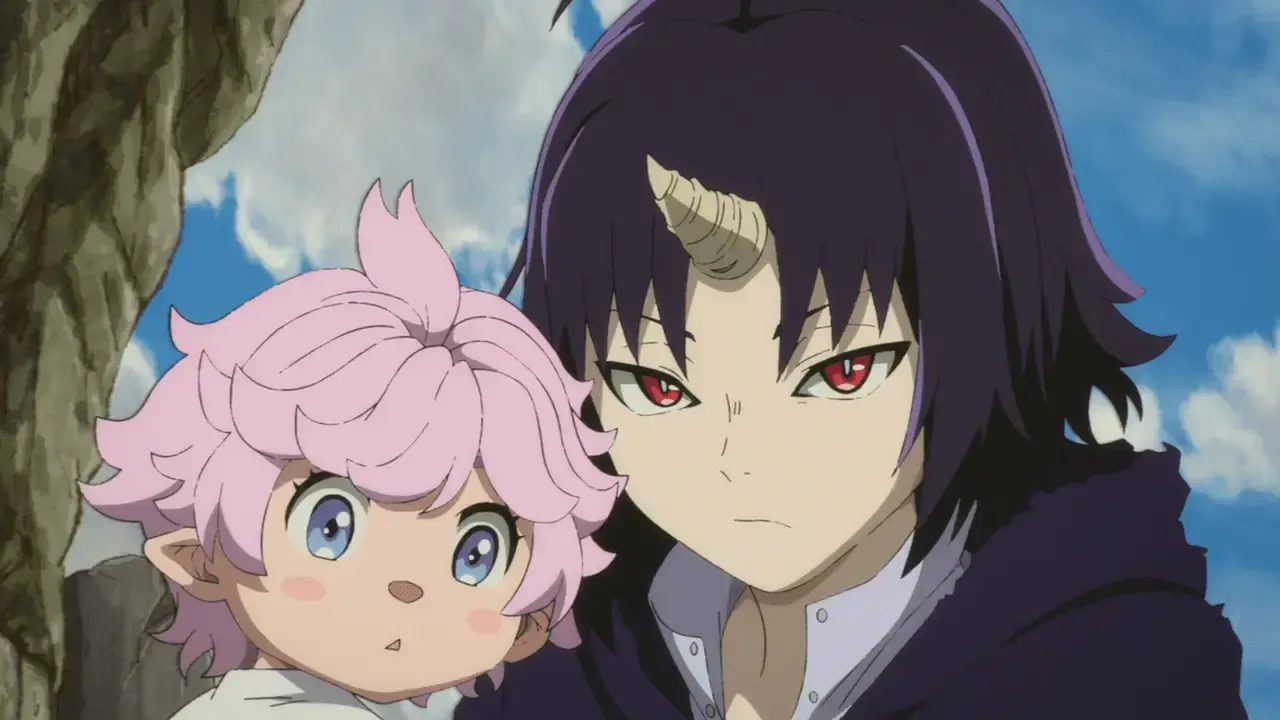Source: studio 3Hz
Here are the basics of what you need to know before entering the wide and wonderful world of Japanese animation!
Anime has been growing in popularity over the past few years, and it’s great to see even more people gaining an interest in the art of Japanese animation. There are a ton of amazing shows and franchises out there that deserve all the love.
So if you’re a newbie in the anime world and are wondering what you need to know, don’t worry because we’ve got you covered!
The main genres of anime
Kodomomuke
Literally translating to “For Kids”, this genre focuses on showcasing stories and characters that are completely child-friendly. Although geared more towards the younger audience, this genre has a treasure trove of shows that even an adult can enjoy, and has a generally wholesome vibe.
Examples are: Pokemon, Digimon, Hamtaro.
Shounen
Shounen, which translates to “Boy,” is a genre that focuses on telling a story that most appeals to the teenage male demographic. Anime within this genre typically features protagonists around the ages of 15 to 18, and may tackle certain issues that come with teenagehood.
Examples are: My Hero Academia, Demon Slayer, Naruto.
Shoujo
A genre mainly focused on teenage girls, Shoujo, literally translating to “Girl,” typically revolves around the highs and lows of girlhood. Stories that you may encounter in the Shoujo genre mainly involve romance, drama, and slice-of-life adventures.
Examples are: Sugar Apple Fairy Tale, Kaichou Wa Maid-sama!, Kamisama Kiss.
Seinen
Focusing on a more male young adult demographic, Seinen, or “Young Man” anime have a grittier, more serious edge as opposed to Shounen, and are more prone to have a realistic approach to their plots.
Examples are: Berserk, Monster, Devilman Crybaby.
Josei
Translated to “Young Woman”, Josei anime takes a more mature approach to the typical Shoujo formula, and as such targets female audiences beyond Highschool age. Stories you may encounter in Josei could include mature relationships, work, or home drama.
Examples are: Nodame Cantabile, Nana, Honey and Clover.
Subgenres add a variety of flavour to any anime show
Although anime is separated into the above main categories, keep in mind that these genres aim to segregate shows into certain demographics and age groups. What you need to truly look out for are the subgenres.
Subgenres showcase the basic tone of the show under it. If you’re interested in, say, robots and tech, you’re all set to surf the Mecha genre for any title that catches your fancy.
There are tons of subgenres to choose from, but the most popular ones are:
- Action - features hand-to-hand, weapon-to-weapon, hand-to-weapon combat, with thrilling action sequences. Examples are: Tower of God, Tokyo Ghoul, Bakki the Grappler.
- Adventure - features a vast world where the protagonist is set to undergo an epic journey or quest. Examples are: Frieren: Beyond Journey’s End, Spice and Wolf, Made in the Abyss.
- Comedy - all about laughs, titles under this subgenre are full of jokes, gags, and other ridiculous shenanigans. Examples are: Gintama, Asobi Asobase, Hinamatsuri.
- Isekai - literally translating to “another world,” anime under this subgenre feature protagonists who are transported or reincarnated into fantastical settings. Examples are: Mushoku Tensei: Jobless Reincarnation, That Time I Got Reincarnated as a Slime, Inuyasha.
- Mecha - as mentioned above, Mecha anime feature massive robots and tech. Examples are: Mobile Suit Gundam, Neon Genesis Evangelion, Gurren Lagann.
- Romance - further separated into branches of yuri (girl’s love) and yaoi (boy’s love), anime under this subgenre focus on romantic relationships and the experiences that come with them. Examples are: Kimi Ni Todoke, Citrus, Banana Fish.
- Sports - focusing on specific sports, team dynamics, and a general motivational story. Examples are: Haikyuu!!, Yowamushi Pedal, Kuroko’s Basket.
Other terminology you should know
Now that you’ve got the basics down on the types of anime to look out for, here are some terms that you should familiarise yourself with:
- Season - An anime that typically airs once a week is scheduled throughout the duration of one season, mainly Spring, Summer, Fall, or Winter. A season will last at least 12 weeks.
- Cour - An anime that’s longer than 12 or 13 episodes will usually have a projected 24 to 26-episode run. This run is separated into two parts called cours. The first part will air within its debut season, while the second part may air 6 or so months later as the 2nd cour.
- Simulcast - This means that the episode is simultaneously airing on television and on a streaming service.
- OVA - Or Original Video Animation, are episodes or shows that are only meant for DVD release.
- ONA - Or Original Net Animation, are episodes or shows that are only meant for streaming or direct download.
- Sub - Indicates that the anime is in its original language with localised translations to the dialogue included through captions.
- Dub - Indicates that the anime is dubbed in a specific language other than its original.

